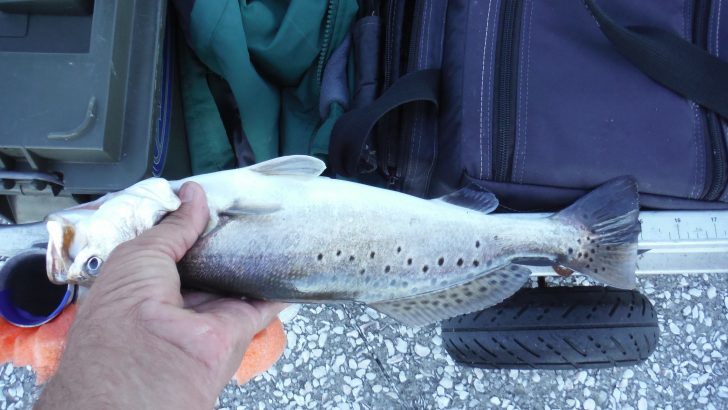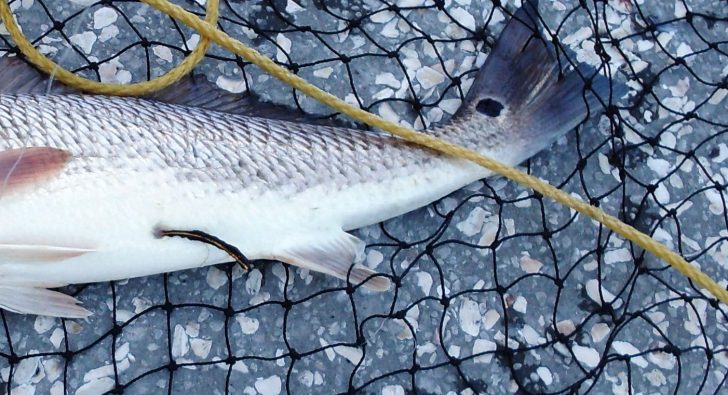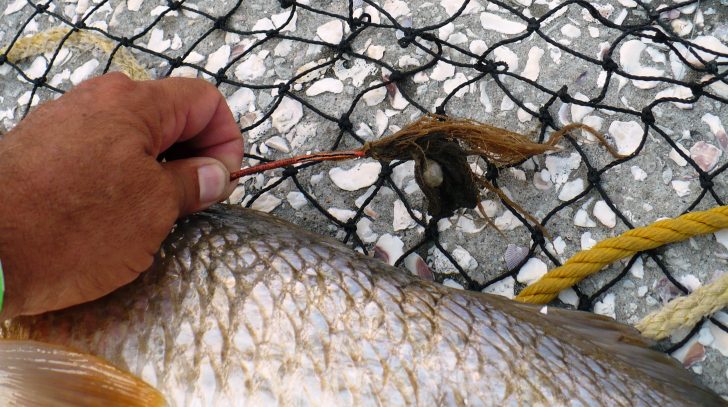Pier and surf fishing are popular ways for people to gain access to the water so that they can try their hand in the art of fishing. Inshore fishing is becoming one of the most popular attractions for the outdoor enthusiast. But, whether or not you’re an experienced, seasoned angler or a newcomer to the sport, it is very important to educate yourself on the year’s new rules and regulations that apply to the type of fishing you are doing.
The Department of Natural Resources in the Lowcountry updates its rules and regulations every year.
This means size limits and bag limits are subject to change. Keeping an eye out for these changes is important. Here is some information that may help you.
The first thing an angler should learn is how to identify a species of fish and with today’s Internet, this has become an easier task than in the past. I recommend starting by finding out what type of fish has been caught in the area you will be fishing.
Correct names of the fish are important. For instance, Atlantic Croaker, Spot, Whiting, Red Drum, Flounder and Spotted Sea Trout
For instance, Atlantic Croaker, Spot and Whiting have a bag limit of 50 per person per day, but there is no maximum or minimum size limit. Whereas, Red Drum have a minimum size limit of 15 inches and a maximum size limit of 23 inches, which means you can only keep a Red Drum that is between 15- and 23-inch measurement, and they also have a bag limit of only 3 per person per day in South Carolina.
Unfortunately, if an individual is caught by the local DNR with any species of fish that is not in its legal limits they can be ticketed with a hefty fine. This also could include the confiscation of their fishing equipment.
So, why are there size limits and bag limits for fish and other marine life? State and federal governments’ wildlife agencies periodically investigate the health and the quantity of marine species and determine whether or not the species needs to be set aside for conservation needs. Included in this is setting size limits and bag limits of these species.
The size limit set is to help the species grow to a mature size in order to reproduce. The bag limits are to help ensure the species is not over-fished and brought to an extinction level. This is why it is so important to play by the rules. It is to make sure that you can fish tomorrow and the sport is available for the next generation to come, but especially to make sure the fish have a future. Sounds funny, doesn’t it? The fish having a future? But, this is a reality, and we all should aid in its conservation.
One other way we can help is to keep an eye out for tagged fish. Tagged fish in most cases are fish that have been registered with the DNR. Somewhere on the fish you will see a long, slender rubber-coated wire protruding out of the fish’s body, and sometimes the tag will be covered with algae or some type of marine vegetation. The vegetation usually wipes off easily. If you look at the tag closely, you will notice that there will be a name, usually DNR, and then a row of numbers.
Do not remove the tag! Write down or photograph the number with your phone. Measure the length of the fish and note it, then note the location you caught it and the date you caught it. After doing so, you can call in the tag number to DNR. DNR will usually reward you with a T-shirt or a hat. They will also send you some documentation that will have the history of the fish you had caught, telling you when it was tagged and where it came from and how old it is.
When you send in your information, it becomes part of an ongoing study to help understand the migration habits, growth rate, etc. This will aid in understanding how to better maintain and conserve marine life.
I hope this helps everyone understand the purpose and importance of rules and regulations. So, when you’re out on the water and you’re casting a line and you start catching fish, pause for just a moment, look at the fish closely and remember you’re not just a fisherman, if you remember and follow the rules and regulations, you’re also a conservationist. Until next time, good luck out there and have fun fishing!




